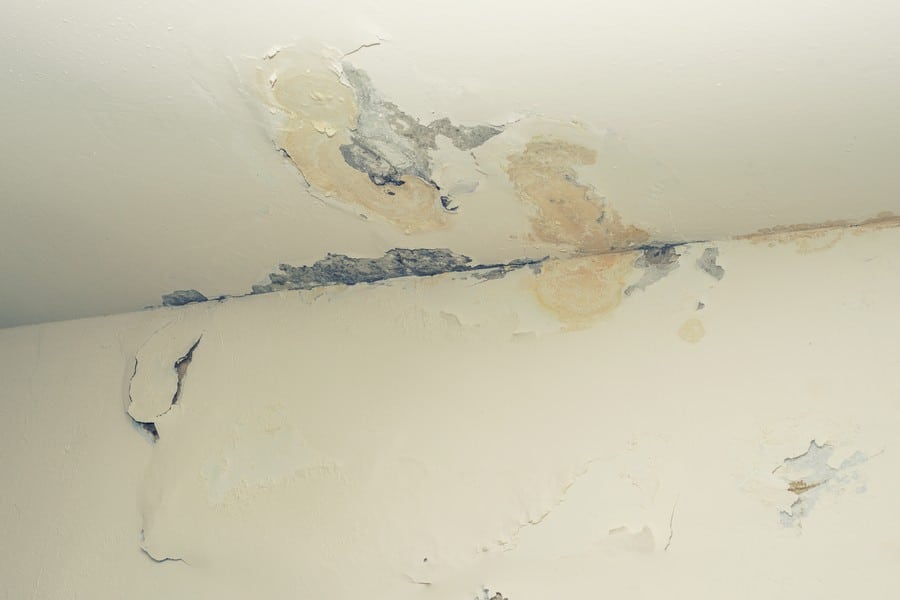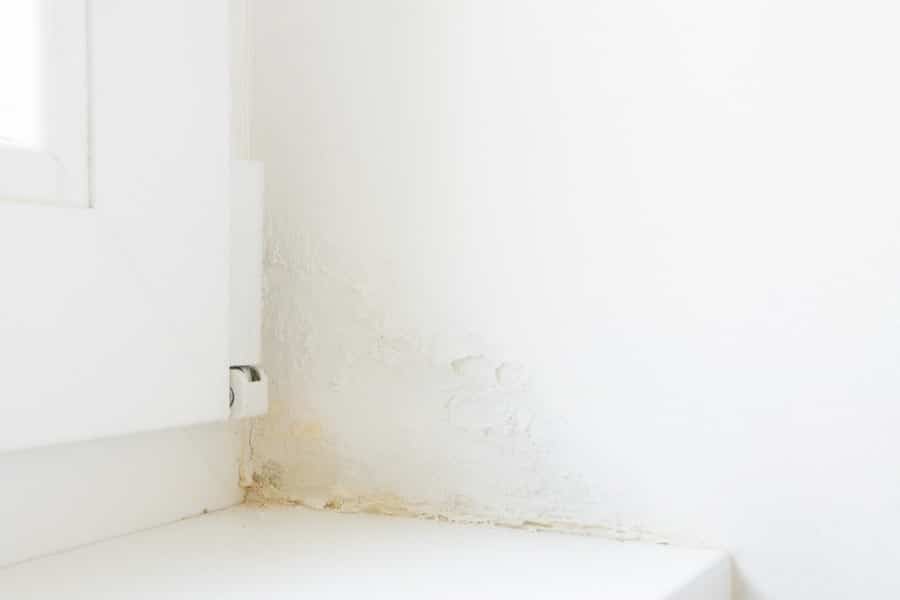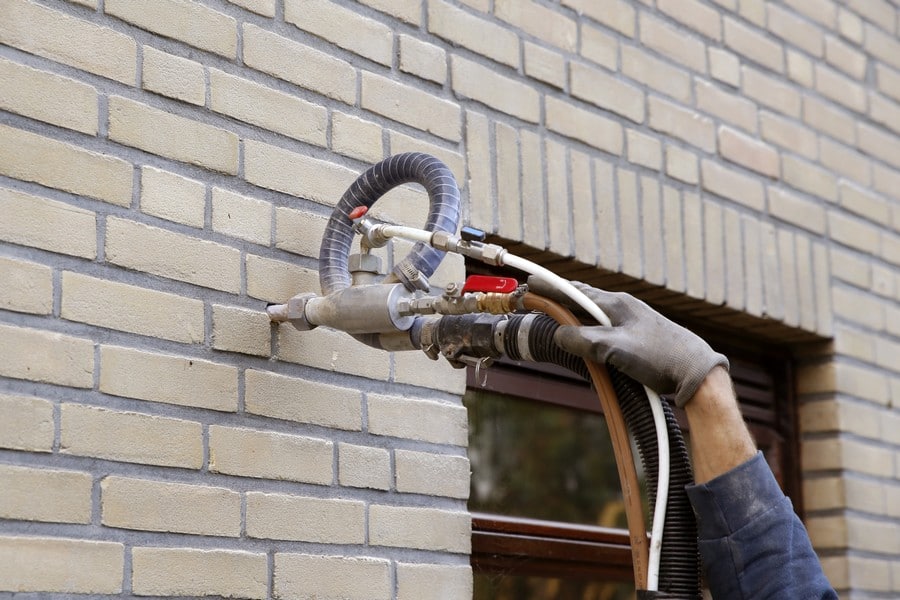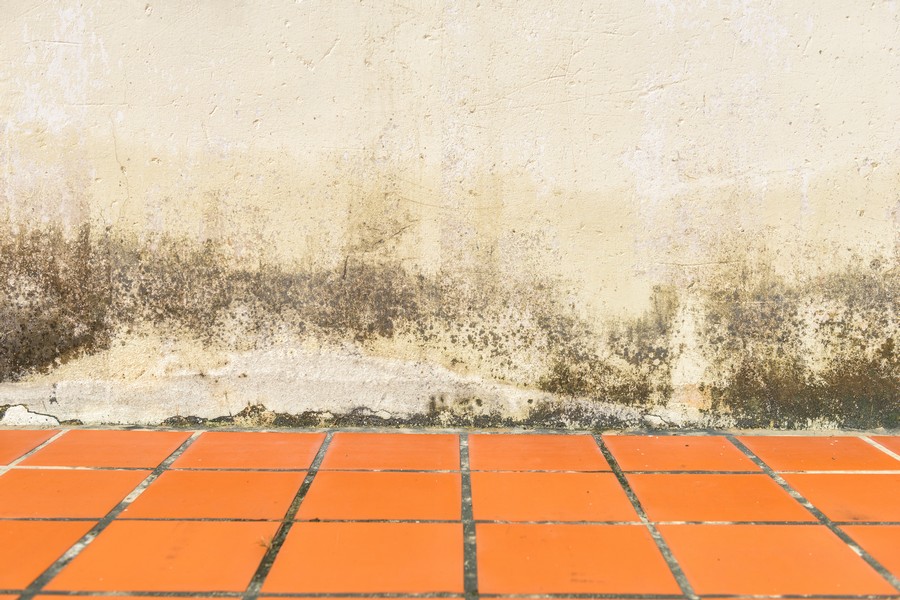Contact Sussex Damp Experts Now to Speak With an Expert.

The following are some of the most prevalent indications of wetness within a building:
If you find any of these signs, please contact Sussex Damp Experts to seek advice on how to deal with your building’s damp problems. Call us on 01273 257 765.

Damp can compromise a building’s structural stability. On the outside, mortar can break, and salt streaks can emerge on the walls. The corrosion of the steel and iron fasteners would further weaken the structure. An infected wall’s mortar or plaster may break off in extreme circumstances. Furthermore, moisture tends to cause secondary harm to a structure. Excess moisture encourages the growth of rare wood-based fungus, which can eventually lead to sick building syndrome. Furthermore, dampness causes plaster and paint to peel, as well as the deterioration of wallpaper. An effective damp proof course is one of the best rising damp treatments, and it’s essential to prevent rising damp to damage the integrity of a property.
Depending on the masonry kinds and exterior ground sections, the most significant area height at damp masonry rise in walls is 1 metre.
Rising damp manifests itself on the wall as a horizontal tide mark, behind which there will be discolouration, spots, peeling wallpaper, and even white salt stains dragged out of the brickwork by the water. We’re your one-stop-shop for all things related to rising damp.

For the treatment and prevention of rising damp, we use a variety of different techniques and solutions. Injecting a silicone-based chemical into the wall through a series of small holes is one of the most effective and cost-effective treatments.
When it dries, it leaves a water-repellent barrier inside the wall. Typically, some of the internal plaster contaminated with salts from rising damp must be removed and replaced with a salt-resistant plaster, allowing the moisture in the wall to dry out naturally.
Contact Sussex Damp Experts Now to Speak With an Expert.
Penetrating Damp, often known as “rain penetration,” results from excessive water invading a home through an external wall. This can happen via walls, roofs, windows, or door surrounds at any property level and is frequently caused by roof tile flaws, broken pointing, blocked weep holes, or faulty seals.
If your home is suffering from penetrating dampness, the sooner you address the issue, the less damage it will cause. To schedule a survey, call our damp proofing team at 01273 257 765.


One of the most dangerous and harmful concerns you could have in your house is penetrating dampness. This sort of damp is also known as rain penetration since it occurs when water from the outside enters the dwelling. Water infiltration may usually be traced back to its source and treated using low-cost solutions. Our experienced moisture-proofing specialists can assess and resolve penetrating damp problems.
Thousands of Sussex households have turned to the damp-proofing experts at Sussex Damp Experts. Please call us at 01273 257 765 for a survey if you require experience and qualified damp-proofing professionals.
Call Our Sussex Damp Experts team now for quote, consultation and advice:
Call on 01273 257 765.
Damp proofing is a method of preventing moisture from entering a structure, especially from rising damp. A ‘tide line’ of yellowish or brownish stains or blown plaster in the bottom section of your wall above your skirting board are typical symptoms of rising dampness. You can also have decaying or moist skirting boards or floors.
Performing a short repair for rising damp (e.g. repointing or painting over the damp) will increase the cost of the job in the long run and require you to redo the job later.

A damp proof course is a water-resistant barrier that runs the length and width of your wall. It prevents groundwater from creeping up through the wall due to capillary action. At Sussex Damp Experts, we can provide you with various damp proofing options, each with its own set of benefits. A damp proof course (DPC) is a particular architecture that helps control increasing damp by controlling the moisture that their capillary action causes.
A damp proof membrane (DPM) is a unique membrane added to a DPC to combat dampness. A DPM can use a silicone material to help manage moisture. Buildings are protected from water and moisture, including rain, using this coating process. It also contains cement, such as shotcrete, which provides moisture, water, and pressure resistance. The construction of cavity walls creates a space between the inner and outside walls to keep water out, whereas pressure grouting is used to plug any gaps in masonry walls.
A silicone-based formulation is injected into a sequence of holes made along the base of a wall that is suffering from the effects of increasing damp to create a chemical damp-proof course.
A chemical DPC, contrary to widespread assumption, does not form an impenetrable physical barrier. Chemical damp-proofing, on the other hand, is an effective method of filling the pores of a brick wall with a water repellent silicone compound. The silicone-lined pores neutralise the brick particles’ charge attraction to the water molecules, lowering adhesive attraction to a level suitable with the liquid’s cohesive force.
A simple injection applicator is used to inject the silicone-based damp-proofing cream into a series of 12mm holes drilled into the bed joint. Before curing, the injected DPC cream diffuses quickly, forming a water-repellent damp proof course that addresses rising dampness in brick and masonry walls.
One of the most critical components of managing increasing damp in homes is the damp-proof injection procedure. It’s also one of the most efficient, providing a dependable and straightforward solution.
Water will still rise through the perp-end joints even if a chemical damp proof course system is installed in the bricks or blocks along a stretch of brickwork. Water can only climb a wall if there is a continuous channel for it to travel through. As a result, the only layer capable of acting as a moisture-proof course is the mortar bed joint.
Internally, beneath ground floor joists, or close to the floor if solid, a DPC should be placed at least 150mm above external ground level. If the two are incompatible, further safeguards to protect low-lying regions and flooring timbers may be required.
A vertical upstand is required where a wall extends beyond the new DPC, such as when the wall is part of an enlarged terrace, to prevent horizontal moisture transmission from surrounding walls. Inject the chemical into holes in a zigzag pattern that follows the mortar line up the wall to a height of at least 1 metre to create a vertical DPC.
The cream can be injected from either side of the wall. However, we recommend injecting from both sides for cavity walled brickwork. In rubble-filled walls, which are effectively cavity walls filled with rubble, damp proofing chemicals are unlikely to be successful. In such cases, an electro-osmotic system is more likely to produce superior results.
Low-pressure damp-proofing cream has been the silicon-based chemical of choice for damp-proofing walls for more than a decade, replacing high-pressure injection fluids. Early chemical damp proof creams had 10-60% active chemicals and relied on thickening agents to provide a workable cream with a pasty texture. The BBA-approved’ Damp-Cure’ DPC cream is a silane/siloxane composition thickened by emulsification to create a 100% active cream with no thickeners. This formula allows the cream to penetrate the capillary pores of stone walls more effectively.
Filling holes 90 per cent the depth of the wall with damp-proofing cream and spacing them at 100-120mm intervals ensures adequate dosage for a successful rising damp treatment.

We are proud of our qualified employees who will deliver outstanding service in a friendly manner. From the initial survey to the follow-up consultation on the task at hand to the actual work, we value knowledge, professionalism, and hard work, so you can relax knowing you’re in excellent hands.
Because damp proofing is not a “one-size-fits-all” issue, you should employ a damp proofing specialist who has the skills and knowledge to inspect your property and offer the best solution properly. Too many homeowners hire a contractor primarily based on price, only to be disappointed when the work is inefficient. At Sussex Damp Experts, we’re different; we believe in providing a cost-effective solution that allows you to relax, knowing that your damp issues are permanently resolved.
Please call us at 01273 257 765 to speak with one of our moisture proofing specialists and discuss your property’s damp concerns.


Max and his team have been at our property all week and I really can’t thank them enough for the fantastic job they’ve done on plastering both our walls and ceilings. They have literally transformed the appearance of our house! Not only has Ma…

From start to finish Max has been incredable. His knowledge lin damp proofing is second to none and his team where very clean and polite. The plastered finish was like glass so happy we choose Max Plastering for job.

Lovely bunch of lads left a very neat and clean job. Problem was solved.

Perfect Finnish and all left clean and tidy and no mess. Used Max previously and would not hesitate to ask him carry out more work.

Max, Harvey and Stuart arrived promptly as arranged. Done a great job on our outside rear wall. Work completed to a high standard, removal of all old material and cleaned up after themselves. I am so pleased with the standard of their work they ar…

They turned up on time and carried out the works in a very professional manor leaving the front of the house clean and tidy. Very impressed would definitely recommend.

I have to say that on every level Max (with Stuart and Harvey) did an extremely professional job! They explained what they were going to do, they were polite and courteous and respected that they were coming into our home. The plastering is of the…

I called max and he managed to come around the same day to do a survey. The next day I received an extremely detailed survey compared to any other damp proofer which made me feel very at ease that he was going to do the right job. Max and team tur…

Contact Sussex Damp Experts Now to Speak With an Expert.